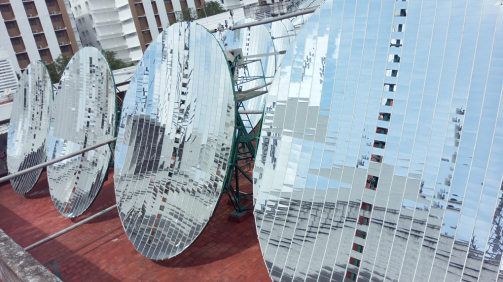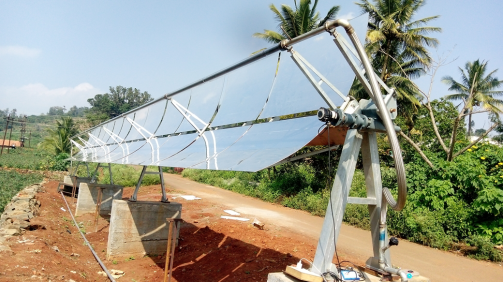Solar Dryer
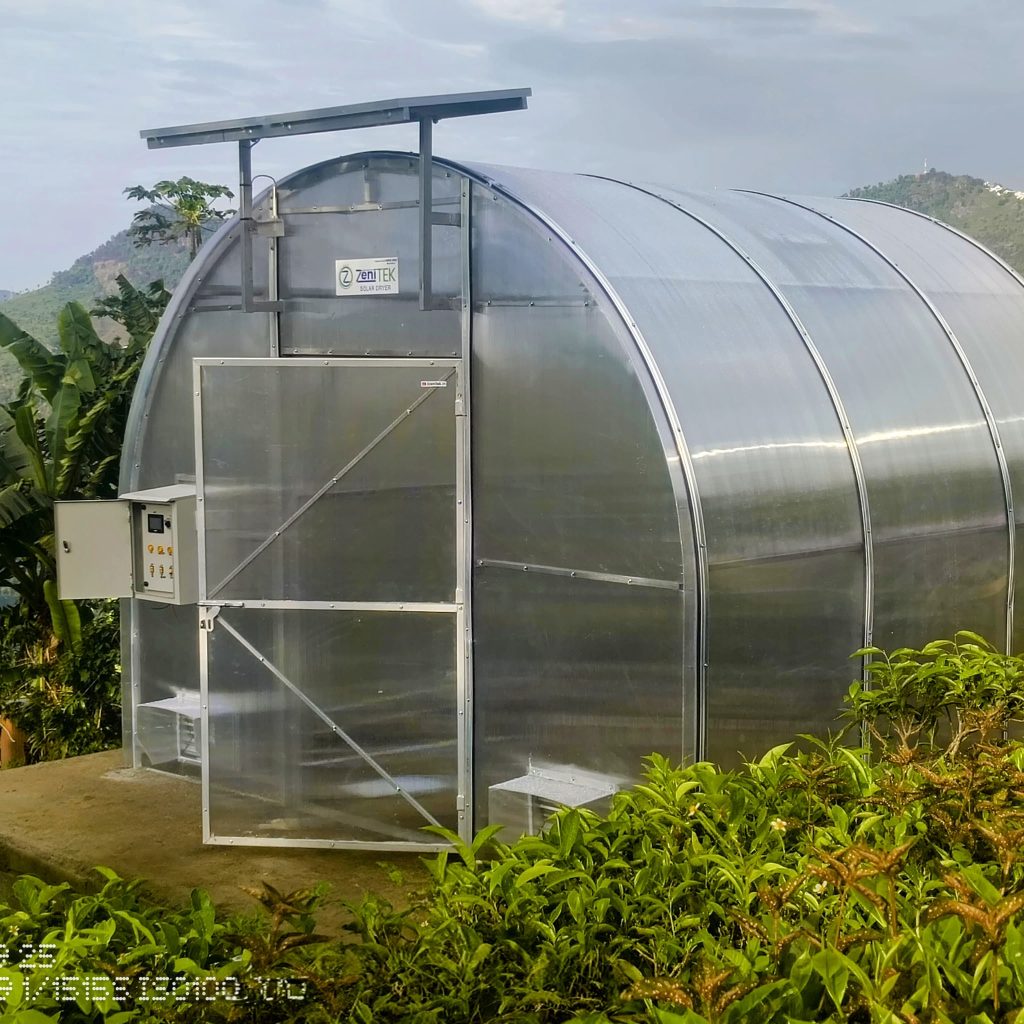
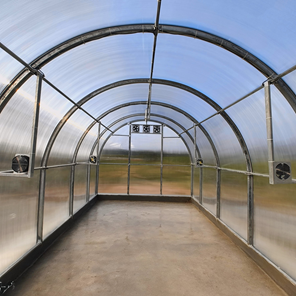
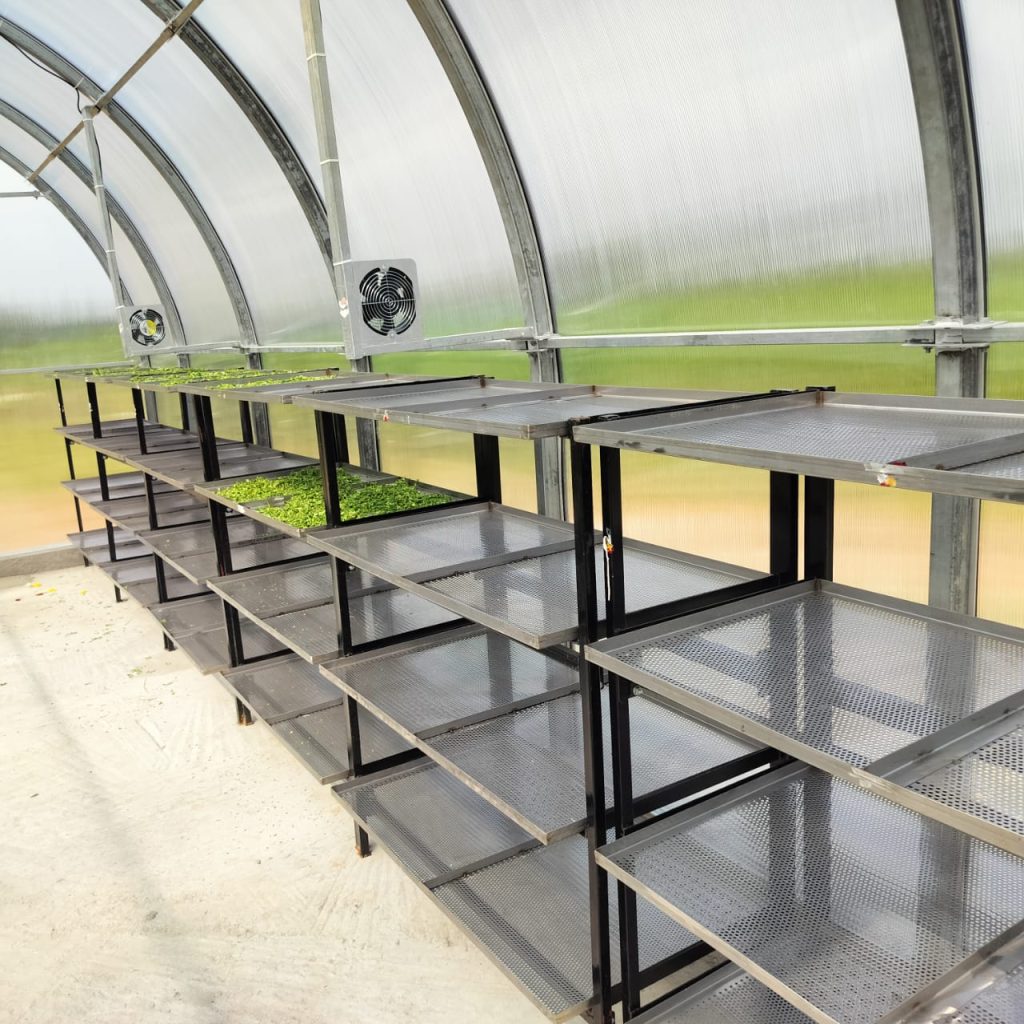
The traditional method of drying agricultural products by spreading them under the open sun is now replaced by solar drying. This method offers:
- Uniform drying
- Reduced drying time
- Retention of nutrients through controlled drying environments
- Hygienic, dust-free quality products
- Lower labor requirements and cost-effective operation
A variety of agricultural products can be effectively dried using a solar dryer, including:
- Fruits – Mangoes, bananas, apples, pineapples, papayas, grapes, etc.
- Vegetables – Tomatoes, carrots, onions, peas, beans, spinach, etc.
- Herbs & Spices – Mint, coriander, turmeric, ginger, garlic, etc.
- Grains – Rice, wheat, maize, barley, millet, etc.
- Seeds – Sunflower seeds, pumpkin seeds, etc.
- Nuts – Cashews, almonds, peanuts, etc.
- Coffee & Cocoa Beans – For drying harvested coffee cherries or cocoa beans.
- Fish & Meat – Fish, poultry, and lean meats for preservation.
These products benefit from uniform drying, enhanced quality, and preservation of nutrients when dried in a solar dryer.
Several types of leaves can be dried effectively using a solar dryer, including:
- Herbal Leaves – Mint, basil, oregano, thyme, parsley, rosemary, and sage.
- Tea Leaves – Green tea, black tea, and herbal teas (like chamomile or hibiscus).
- Spice Leaves – Bay leaves, curry leaves, and pandan leaves.
- Medicinal Leaves – Aloe vera, neem, moringa, and tulsi.
- Edible Leaves – Spinach, lettuce, collard greens, kale, and mustard greens.
- Culinary Leaves – Coriander (cilantro), dill, and tarragon.
- Flowering Leaves – Hibiscus leaves, jasmine leaves, and rose leaves for herbal or aromatic uses.
These leaves retain their flavor, nutrients, and medicinal properties when dried in a solar dryer under controlled conditions.

